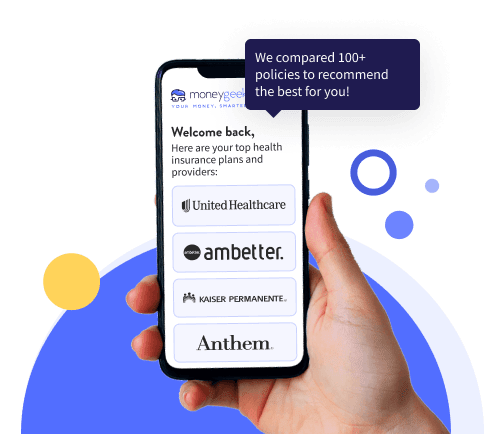The open enrollment period is when interested buyers can apply for health insurance. The period may vary depending on where the plan is purchased and an individual’s circumstances.
The main purpose of open enrollment is to deter adverse selection when only sick people sign up for a plan. This way, insurance companies are protected. At the same time, healthy people are encouraged to enroll. Having a plan in place gives them the financial protection they may need in case of unexpected events.
An interested individual can enroll in a new health plan or switch plans during the open enrollment for 2023. Typically, a plan purchased during this period is kept through the next year.















